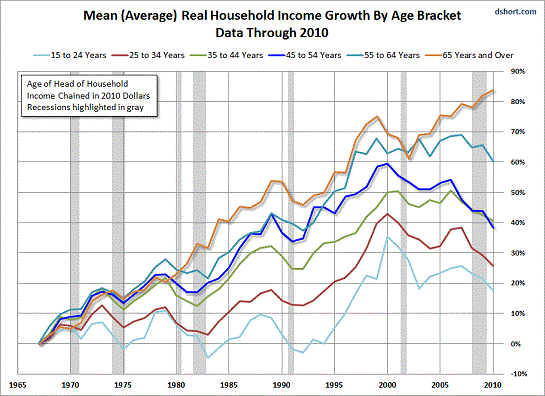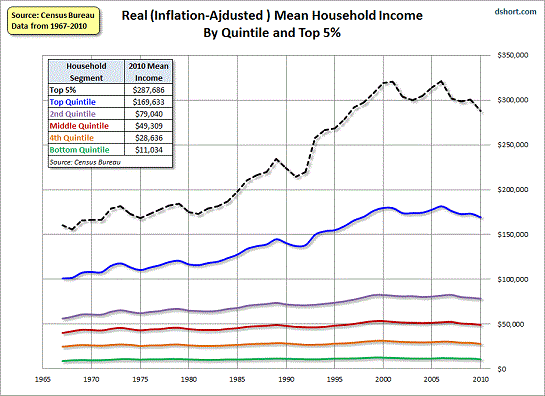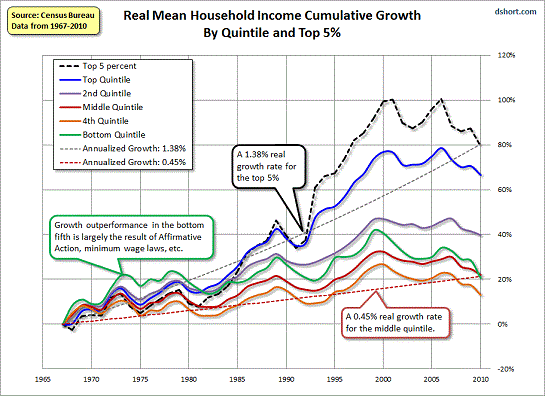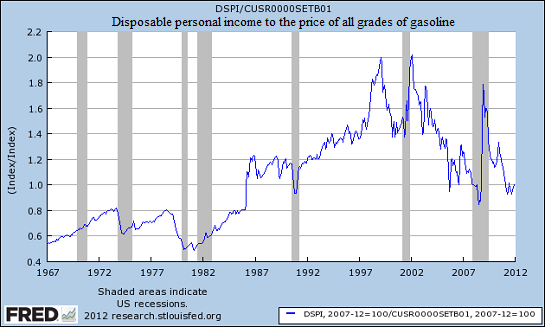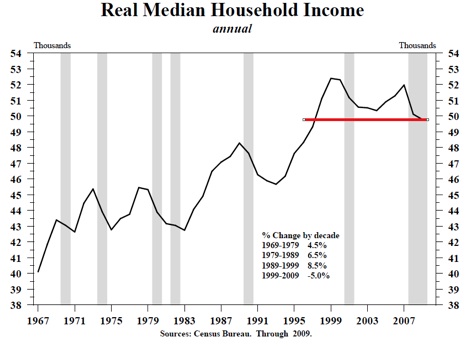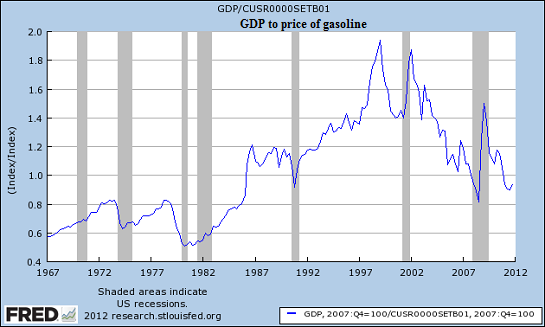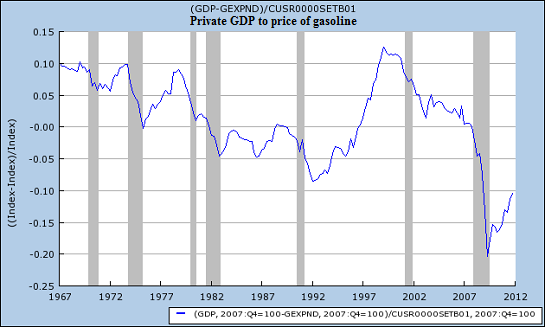Crony capitalism uses its wealth to impose government regulations designed to hinder, cripple and destroy small business competitors.
In the U.S. we now have the perfection of cloaked crony capitalism: corporate cartels use their vast concentrations of capital and revenue to buy the political leverage needed to write regulations specifically designed to eliminate competition.
Recall that the most profitable business model is a monopoly or cartel protected from competition by the coercive Central State. Imposing complex regulations on small business competitors effectively cripples an entire class competitors, but does so in "stealth mode"--after all, more regulations are a "good thing" (especially to credulous Liberals) which "protect the public" (and every politico loves claiming his/her new raft of regulations will "protect the public.")
This masks the key dynamic of crony capitalism: gaming the government is the most profitable business model. Where else can you "invest" a few hundred thousand dollars (to buy political "access" and lobbying) and "earn" a return in the millions of dollars, and eliminate potential competitors, too? No other "investment" even comes close.
The ever-expanding galaxy of regulations that business owners have to meet is a function of the corruption of government, i.e. corporations lobbying the government to pass laws and regulations (usually written by industry lobbyists to the specifications of their clients) specifically designed to eliminate competition by raising the costs of compliance amd imposing heavy fines via enforcement.
As an example, let's take a slice of American mythology, the family farm, that is under increasing pressure from just this sort of Corporate-State crony capitalism.Consider the family-owned small to medium size farmer who understands that the farm is a nature-based system that requires certain practices to maintain the health of the farm and the quality of your produce/meat/milk.
Suddenly a number of corporate agribusiness farms (i.e. concentrated animal feeding operations--CAFO) spring up nearby where thousands of pigs/cows are crammed into huge barns and the operation is run like a factory, enabling the CAFO to produce meat or milk at a significantly cheaper cost or production.
What's left out of the equation is the pollution to the environment and any associated health costs and damages to the values of the neighboring properties (Of course, these CAFOs are never sited near an affluent neighborhood).
In addition, the quality of the meat is suspect, as all the potential disease outbreaks that come with monoculture practices and crowded conditions can only be suppressed with constant, massive quantities of antibiotics. This is the perfect condition--animals packed together, plentiful manure, constant use of antibiotics--to create super-bugs that are resistant to antibiotics. Life being what it is, opportunistic and adaptive, eventually these resistant bacteria find a new and unprotected host, human beings.
A small family farm cannot duplicate these risk factors; only CAFOs can generate this kind of bacteriological danger to the populace.
These kinds of systemic costs created by the CAFOs are transferred to the taxpayer, including the local farmer who has to compete with the CAFO.
Since government in the U.S. is always for sale, and since the revolving door between the legislative and regulatory agencies and the lobbying industry is always spinning, it's straightforward to hire "the right people" and "express your concerns" to the corrupt politicos.
Here are some examples of the crony-capitalist favors corporate lobbying and campaign contributions can buy:
1) The government may give massive direct subsidies to the CAFO, depending how effective the "farm" lobby is (most farm subsidies go to large agribusinesses and not to small farmers).
2) The government will pass regulations that apply to the farmer's operations but require an entire new layer of compliance, reporting etc. that is beyond the financial capability of small operations.
3) The government may initiate enforcement actions against the farmer for non-compliance and if he's not rich, he will get steamrolled by the government regulators because he can't hire adequate legal representation.
4) The government often will not penalize the CAFO on the same relative basis, if it is part of a large corporation which have the resources to fight the government in the courts (i.e. the enforcement personnel don't have the necessary resources to do long protracted battles with Panzer divisions of corporate lawyers).
5) When there's an incident of blatant government over-reach or corporate favoritism that gets press coverage, the government agency will say they will "revamp the system" which is a code-phrase for passing even more regulations that secures them even more power.
In other cases, the regulatory agency was hampered from doing its job due to corruption/lobbying/political pressure from powerful corporate players.
As the regulatory thicket expands in complexity and scope, many of the regulations will not be adequately enforced because enforcement is now beyond the capability of the agency tasked with enforcement and monitoring. But the small/medium farmer will have to comply with them anyway, and if they don't, then that leaves a door open for corporate-directed regulators to take them down later with heavy fines for non-compliance.
6) The government gets complaint tips from a CAFO about the independent farmer, so he's subjected to a rigorous compliance inspection, whether or not the complaint is legitimate. It's like the vehicle inspections you get if you're caught "driving while black"-- with enough effort, some violation somewhere can be trumped up into a fat fine.
7) The regulations become so complex that prosecutors are reluctant to bring then to court because they're worried that a jury may not understand them. As a result, criminal cases are rarely brought against CAFOs and other corporate cartels.
After a few cycles of crony capitalism, competition has been destroyed, and you end up with something like America's "sickcare" system: no matter where you go, there's only two health insurance providers and their pricing is (surprise!) always about the same (it's called price fixing; that's the way cartels work).
Regulations don't arise unbidden; they arise to accomplish two tasks:
1. Enforce crony capitalism by eliminating or crippling competitors and establishing highly profitable cartels or quasi-monopolies protected by a bought-and-paid-for Central State.
2. They justify the budgets and payrolls of government agencies at all levels of government. A few years ago I mentioned a town that was trying to add a commuter train stop to an existing rail line. The process involved something like nine agencies, and as a result it has yet to be approved, a decade later. But the application did create a decade of justification-for-our-budget for agencies that might have been revealed as wasteful friction without the make-work application to diddle over for a decade.
For a common-sense overview of the death-spiral of regulation, please read Over-regulated America: (The Economist)
The home of laissez-faire is being suffocated by excessive and badly written regulation.
The only way anything will change is if money is banned from politics (i.e. all elections are taxpayer-financed) and lobbying is also banned. As long as the legislative and regulatory branches of government are for sale, then willing corporate buyers will be crowding round the kiosk, buying profitable slices of corrupt crony-capitalism for their own gain. If you don't, your competitor will, and then you'll be eliminated as "dangerous competition." That's the essence of crony capitalism.
| Thank you, Patricia S. ($50), for your exceptionally generous contribution to this site -- I am greatly honored by your support and readership. | | Thank you, Robert B. ($60), for your stellarly generous contribution to this site -- I am greatly honored by your steadfast support and readership. |
Read more...
